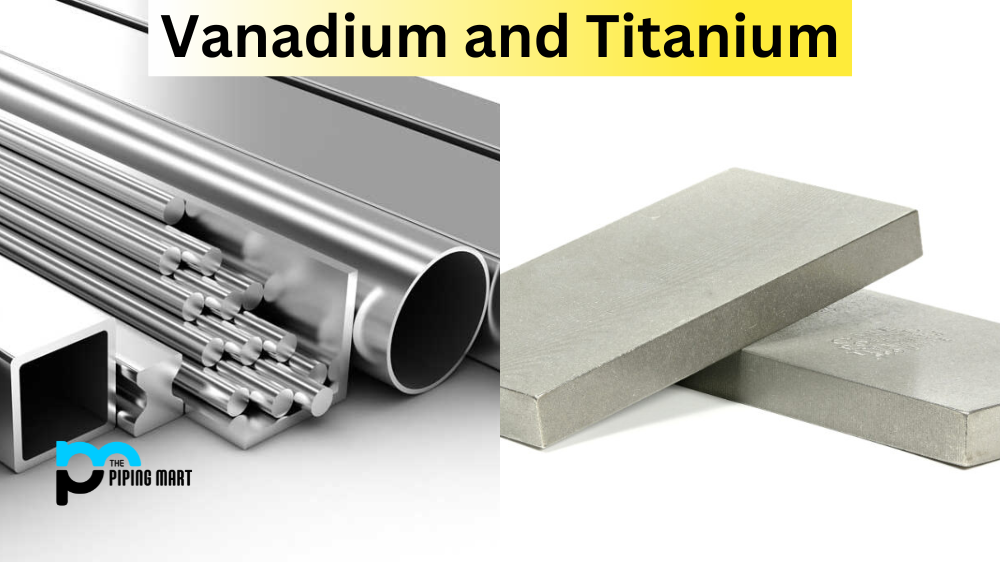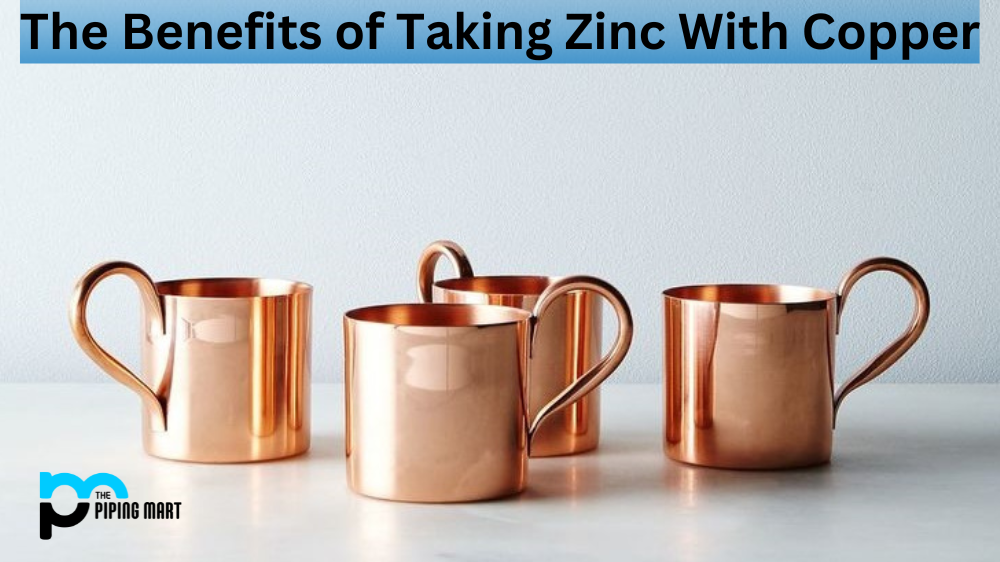Vanadium and Titanium are transition metals used for various industrial applications for years. While they share a lot in common, there are also significant differences in their properties and applications. This blog will look at vanadium and Titanium and compare their properties, uses, advantages and disadvantages. By the end of this article, you’ll understand why each metal offers unique benefits in different situations.
Difference Between Vanadium and Titanium
Properties
First, let’s talk about the properties of both metals. Vanadium is a dense, steel-grey metal that is ductile and malleable. It has a melting point of 1,910 degrees Celsius and a boiling point of 3,407 degrees Celsius. On the other hand, Titanium is a lightweight, silver-grey metal that is also ductile and malleable. It has a melting point of 1,674 degrees Celsius and a boiling point of 3,288 degrees Celsius. While both metals are relatively strong, Titanium has a higher strength-to-weight ratio than vanadium, making it ideal for aerospace and military applications. Vanadium, however, is significantly cheaper than Titanium.
Uses
Vanadium and Titanium have a wide range of applications. Vanadium is often used as a steel additive to make it stronger and more wear-resistant. It also produces batteries, particularly vanadium redox flow batteries, which are increasingly popular for energy storage. On the other hand, Titanium is commonly used in the aerospace industry due to its lightweight, high strength-to-weight ratio, and corrosion resistance. It is also used in medical implants, such as hip replacements because it is biocompatible and doesn’t react with the body.
Advantages and Disadvantages
One major advantage of vanadium is its low cost. It is significantly cheaper than Titanium, making it a more cost-effective option for some applications. Vanadium is also an essential micronutrient, which is vital for human health and has antioxidant properties. On the other hand, Titanium is corrosion-resistant and biocompatible, making it an excellent choice for medical implants. However, Titanium is more expensive than vanadium, making it less attractive for some industries where cost is a significant factor.
Environmental Impact
Both vanadium and Titanium have some environmental impacts associated with their production and use. Vanadium mining can result in soil and water pollution, while titanium production can result in the loss of biodiversity. Interestingly though, vanadium has the potential to be used as a green solution for renewable energy storage in vanadium redox flow batteries. Meanwhile, companies are exploring ways to use renewable energy to produce Titanium to reduce its environmental impact further.
Conclusion
In conclusion, vanadium and Titanium are essential metals with unique properties and applications. The choice between the two metals depends on the specific needs of an application. If strength and weight are the primary concerns, Titanium is better. However, vanadium is a great option if cost is a significant factor. It’s important to note that both metals have environmental impacts associated with their production and use, but steps are being taken to mitigate these issues. Ultimately, the use of either metal should consider its economic viability, application requirements, and environmental impact.

A passionate metal industry expert and blogger. With over 5 years of experience in the field, Palak brings a wealth of knowledge and insight to her writing. Whether discussing the latest trends in the metal industry or sharing tips, she is dedicated to helping others succeed in the metal industry.




